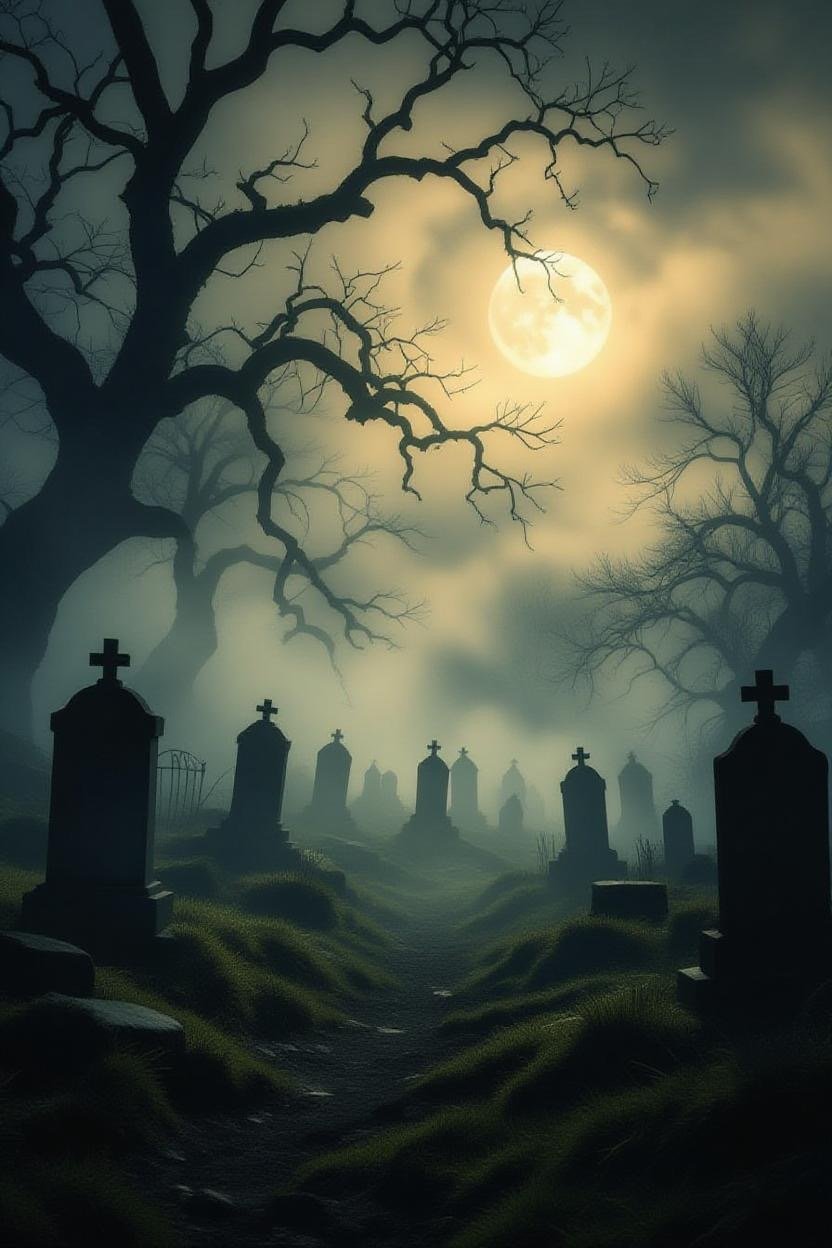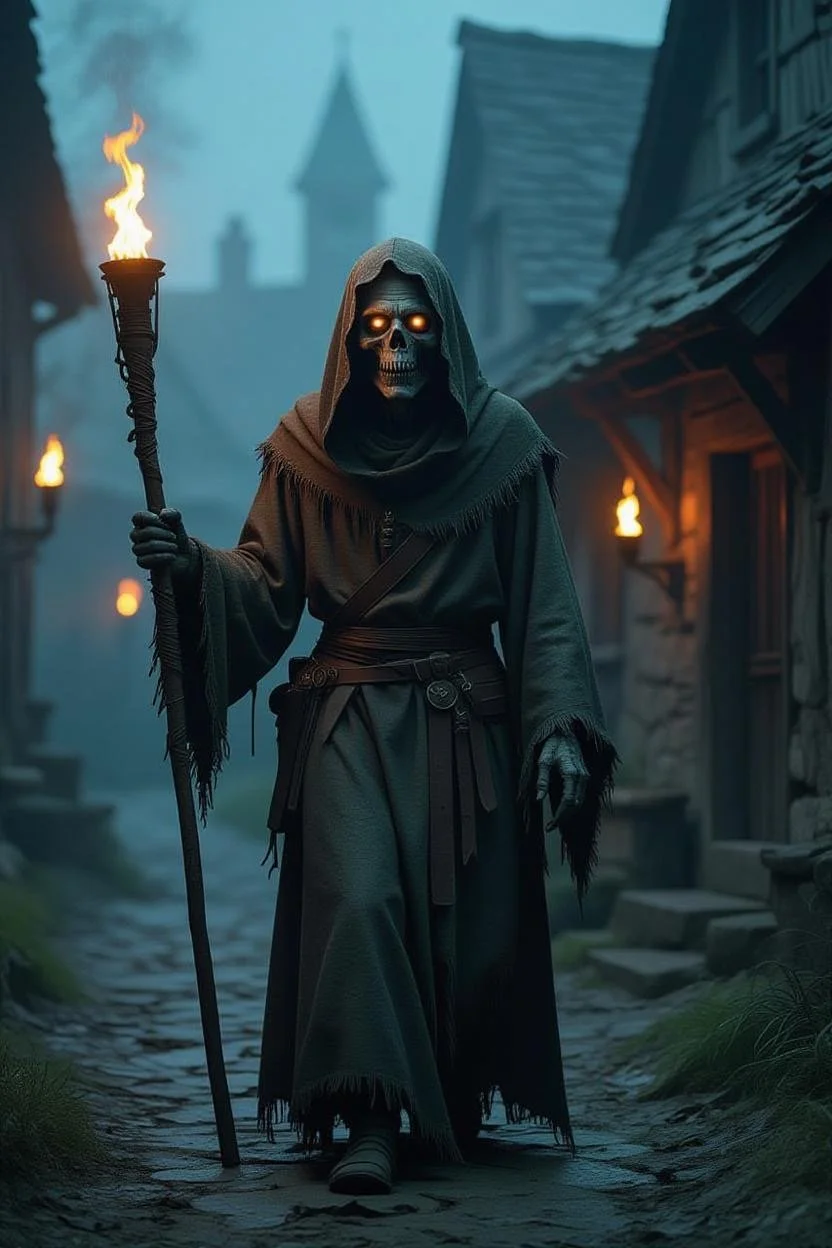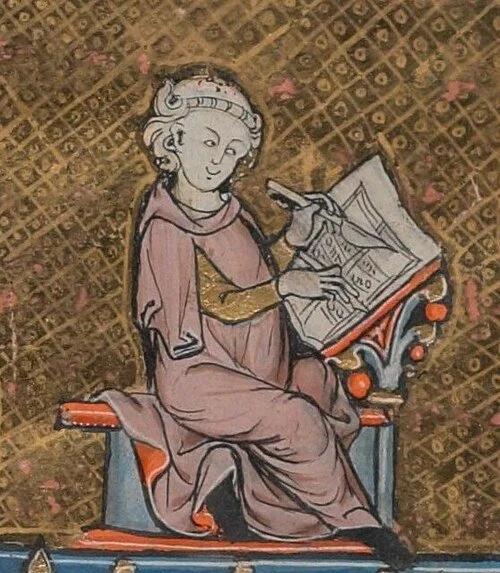The Revenant of Hereford: Walter Map’s Medieval Walking Dead
A Medieval Ghost Story for All Hallows’ Eve
All Hallow’s Eve
It’s Halloween, or ‘All Hallow’s Eve’, stolen from the pagans! You might think it’s all jack-o’-lanterns, witches, and restless spirits, but long before pumpkins and trick-or-treaters, medieval storytellers were already spinning tales of the restless dead, and one of the most chilling comes from Walter Map, a 12th-century courtier, wit, and author of De Nugis Curialium (Courtiers’ Trifles).
Did you know, Walter Map, who really existed, is a character in Rachel Elwiss Joyce’s second novel in the ‘Nicola de la Haye Series’?
Map’s collection of gossip, marvels, and supernatural tales contains one of England’s earliest written accounts of a revenant: a corpse that would not rest quietly in its grave.
The Walking Dead of Hereford
Medieval Revenant, a precursor of zombies and vampires
Walter Map tells of “a wicked man in Hereford” whose death brought no peace.
“This guilty man … came walking at night through the village, crying out the names of those who would perish within three days.”
Imagine being a villager, hearing your name called by a corpse in the night. Death, they believed, was not final. Instead it walked among you, calling your fate aloud.
The bishop, Gilbert Foliot, was summoned to deal with this terror. His solution was brutal but effective:
“Dig up the body and cut off the head with a spade, sprinkle it with holy water and re-inter it.”
Only through this ritual of violence and sanctification was the revenant forced back into its grave.
Medieval Fears on All Hallows’ Eve
Walter Map distinguished between miracles (acts of divine power) and marvels (strange wonders). The revenant belonged to the latter: a terrifying mystery, not a holy sign.
The story reflects the medieval belief that when burial rites failed or sin was too great, the dead might rise again to torment the living.
It’s a chilling reminder of how deeply the medieval world feared the thin boundary between life and death; especially on nights like All Hallows’ Eve, when the dead were believed to draw close.
A corpse rising on All Hallow’s Eve
Who Was Walter Map?
Walter Map, courtier, gossip, monk, and storyteller who told medieval vampire and revenant tales
He was born c. 1130s, probably in Herefordshire, near the Welsh border. A courtier to King Henry II, he was well-connected in royal and church circles, and educated in Paris, he was known for wit, satire, and sharp observation.
His only surviving work is De Nugis Curialium, a treasure trove of medieval gossip, folklore, and marvels. In Rachel’s novel, he’s sarcastic, witty, but someone who loves stories and forms an unlikely friendship.
Map’s revenant tale is one of the earliest glimpses into a world where the walking dead stalked not just imagination, but the darkened lanes of England.
Why Are Walter Map’s Stories still Important?
On Halloween night, Walter Map’s revenant still speaks to us:
The revenant is the ancestor of the vampire and zombie myths we know today. Without Walter Map, we might not have been able to read Dracula or watch The Walking Dead!
It shows how ritual and fear shaped medieval communities.
It captures the unease of borderlands, both geographic and spiritual.
When you light your lantern this Halloween, remember those medieval villagers, huddled in fear as the dead walked by, whispering names into the night.



